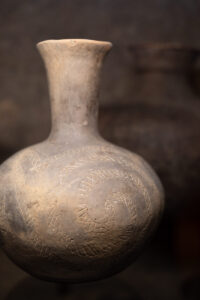History
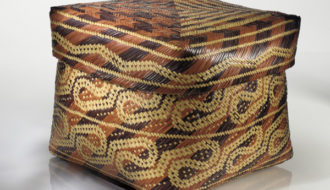
Native Americans in Twentieth-Century Louisiana
Native American communities in Louisiana are culturally diverse with unique histories.

Native American communities in Louisiana are culturally diverse with unique histories.
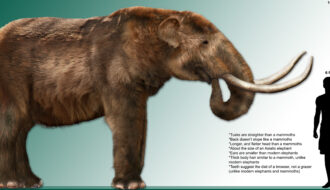
People from the Clovis culture and San Patrice culture were some of Louisiana’s earliest inhabitants.

This entry covers prehistoric Poverty Point culture during the Late Archaic period, 2000–800 BCE.

This entry covers the Pre-Clovis and Clovis cultures during the Early Paleoindian Period, 11500–9500 BCE, and Middle Paleoindian Period, 9500 BCE–8800 BCE.
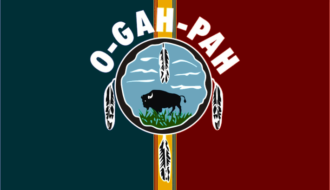
The Quapaw Indians, whose four villages were located along the Arkansas River, were military allies and trade partners of colonial Louisianans.

An important woman leader in the Houma Nation’s history, Rosalie Courteaux defended her people against non-Indian encroachment in the nineteenth century.
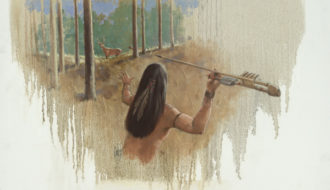
This entry covers the San Patrice culture during the Late Paleoindian and Early Archaic Periods, 8800–6000 BCE.
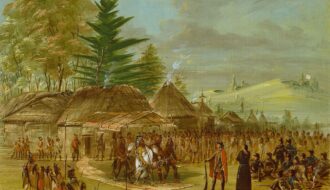
One of Louisiana's pre-contact indigenous groups
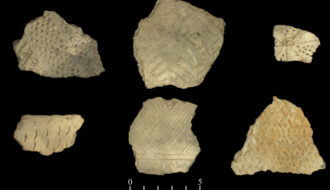
Tchefuncte culture flourished in Louisiana during the Early Woodland Period from 800 BCE to 1 CE.
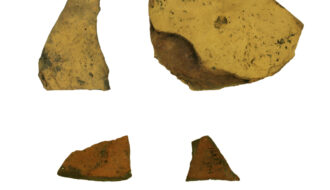
An archaeological site on the north shore of Lake Pontchartrain helps researchers understand Tchefuncte culture from 600 to 200 BCE
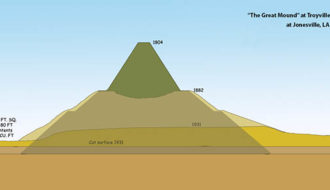
Dating to the Late Woodland Period, from 400 to 700 CE, the Troyville Culture is named for an archaeological site in Catahoula Parish.

The Tunica-Biloxi Tribe is one of only four American Indian groups in Louisiana recognized by the federal government.
One-Year Subscription (4 issues) : $25.00
Two-Year Subscription (8 issues) : $40.00
